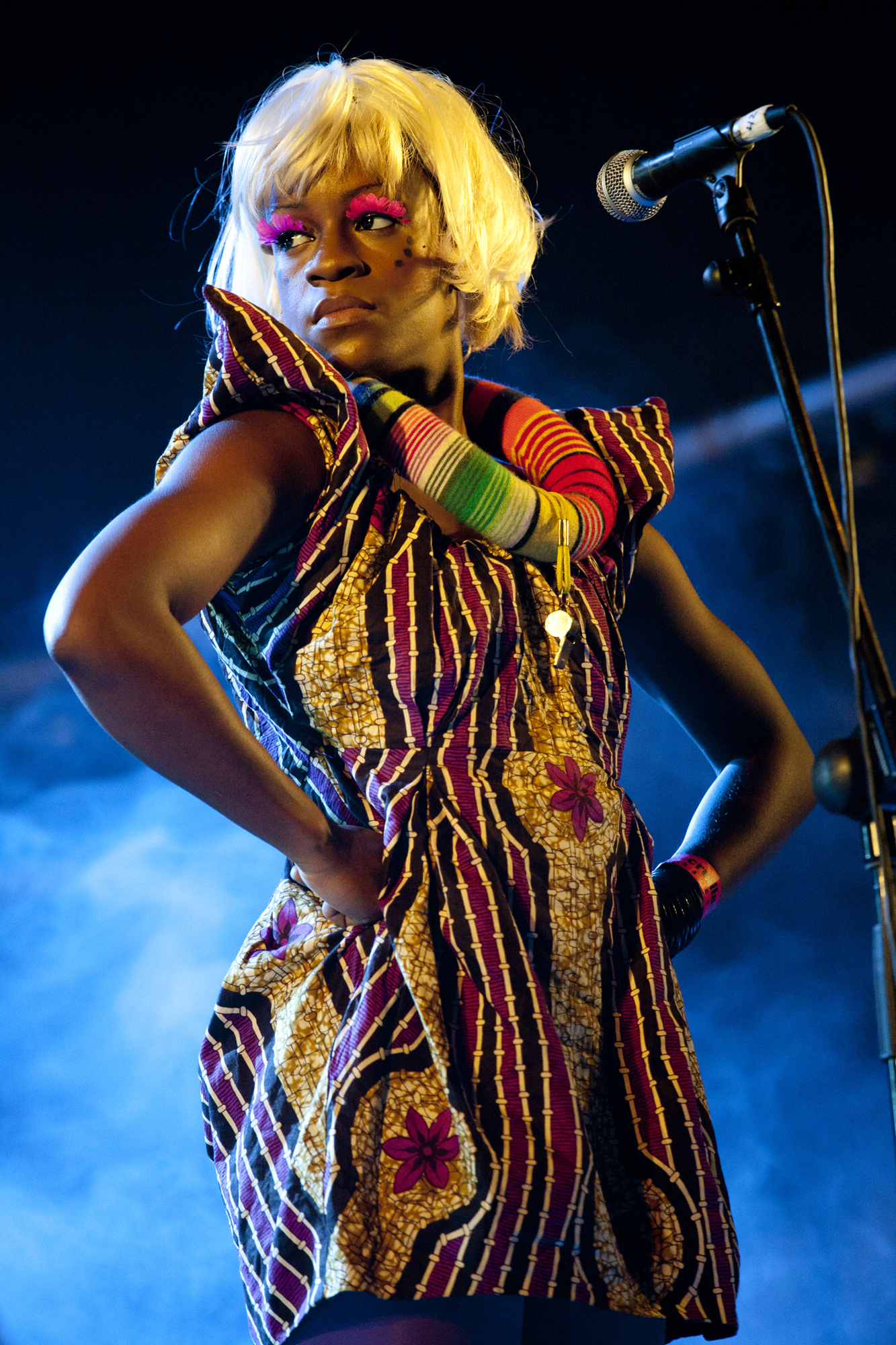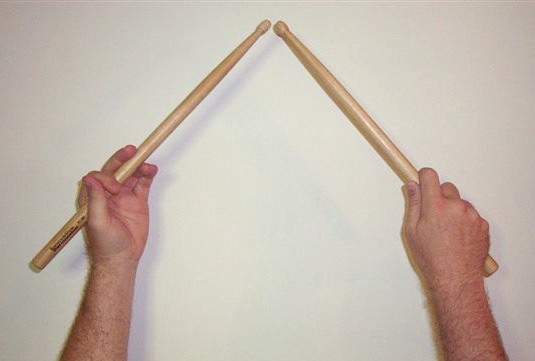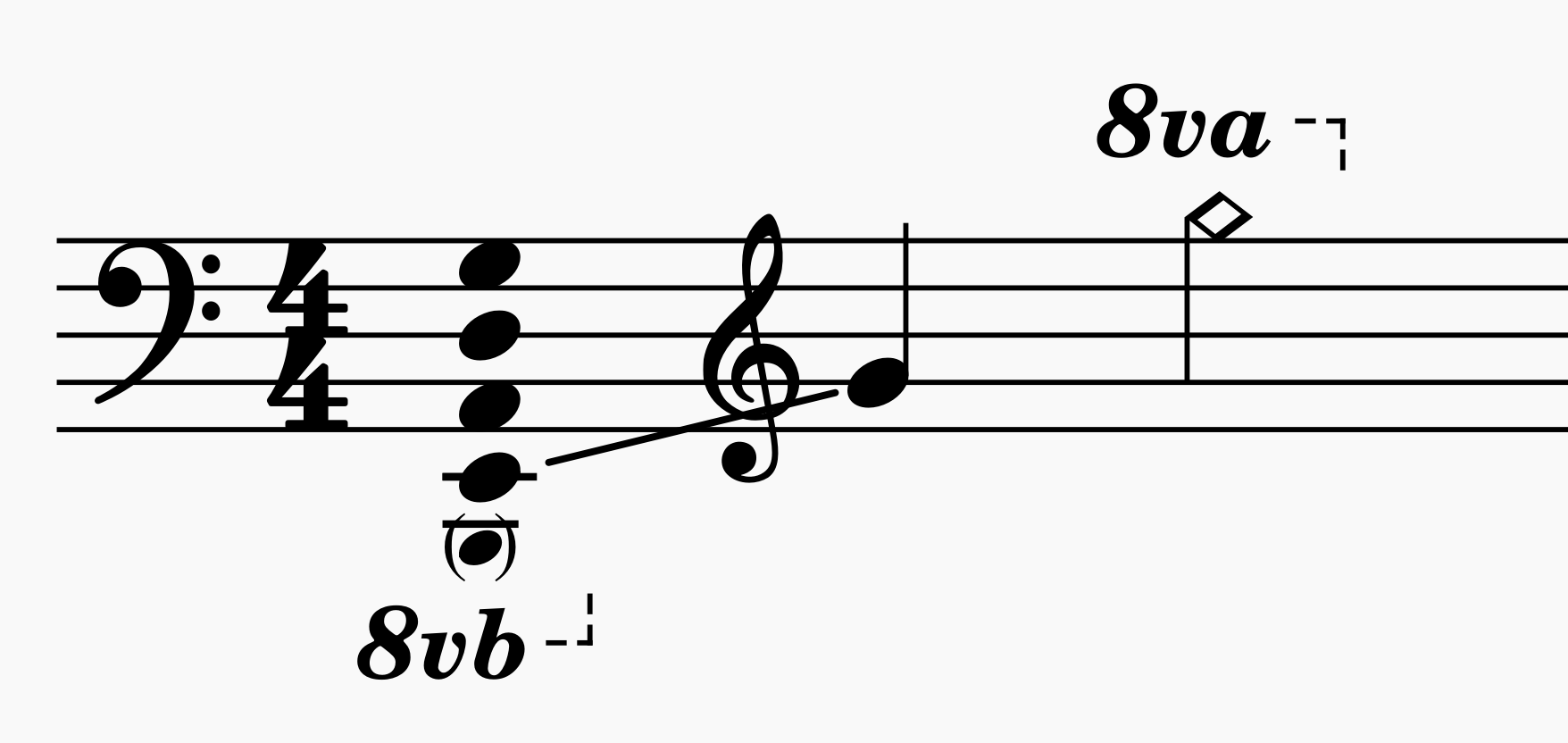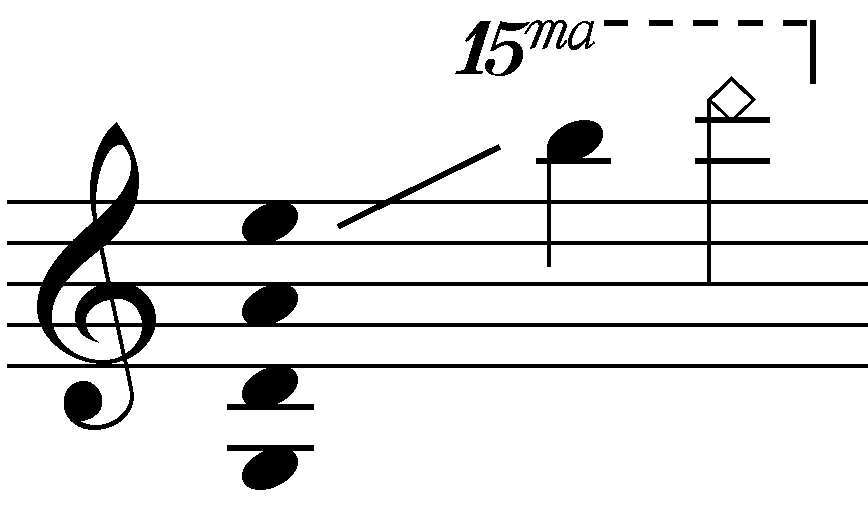|
For All We Shared
''For All We Shared...'' is the debut album by the band Mostly Autumn. It is the only Mostly Autumn album to feature Allan Scott on drums and Kev Gibbons on whistles. Track listing # "Nowhere to Hide (Close my Eyes)" (Findlay/Josh) – 6:12 # "Porcupine Rain" (Findlay/Josh/Jennings) – 4:40 # "The Last Climb" (Josh) – 8:00 # "Heroes Never Die" (Josh/Rayson) – 9:33 # "Folklore" (Trad.) – 5:49 # "Boundless Ocean" (Josh/Jennings) – 5:42 # "Shenanigans" (Faulds) – 3:50 # "Steal Away" (Josh) – 4:56 # "Out of the Inn" (Josh) – 6:43 # "The Night Sky" (Josh) – 10:25 Personnel * Bryan Josh – 6- and 12-string electric and acoustic lead and rhythm guitars, lead and backing vocals, E-bow * Heather Findlay – lead and backing vocals, acoustic guitar, tambourine * Iain Jennings – keyboards, backing vocals * Liam Davison – 6- and 12- string electric and acoustic rhythm guitars, backing vocals * Bob Faulds – violins * Stuart Carver – bass * Kev Gibbons – hig ... [...More Info...] [...Related Items...] OR: [Wikipedia] [Google] [Baidu] |
Mostly Autumn
Mostly Autumn are an English rock band. The group formed in 1995 and have built their reputation through constant touring, never signing to a major label. They produce music heavily influenced by 1970s progressive rock. According to the BBC, Mostly Autumn "fuse the music of Genesis and Pink Floyd with Celtic themes, hard rock and strong, emotional melodies". They have also been compared with other progressive bands from the same era such as Renaissance, Jethro Tull and Camel, blended with traditional folk music. Later albums also include more contemporary influences. History Mostly Autumn was formed in the mid 1990s. The original line-up included several members of One Stoned Snowman, a Pink Floyd/1970s tribute band. The band's founding line-up consisted of band leader Bryan Josh (vocals and guitars), Heidi Widdop (vocals), Iain Jennings (keyboards), Liam Davison (guitars), Alun Hughes (bass and occasional keyboards), Bob Faulds (violin), Kev Gibbons (whistles), and Chri ... [...More Info...] [...Related Items...] OR: [Wikipedia] [Google] [Baidu] |
Backing Vocals
A backing vocalist is a singer who provides vocal harmony with the lead vocalist or other backing vocalists. A backing vocalist may also sing alone as a lead-in to the main vocalist's entry or to sing a counter-melody. Backing vocalists are used in a broad range of popular music, traditional music, and world music styles. Solo artists may employ professional backing vocalists in studio recording sessions as well as during concerts. In many rock and metal bands (e.g., the power trio), the musicians doing backing vocals also play instruments, such as guitar, electric bass, drums or keyboards. In Latin or Afro-Cuban groups, backing singers may play percussion instruments or shakers while singing. In some pop and hip hop groups and in musical theater, they may be required to perform dance routines while singing through headset microphones. Styles of background vocals vary according to the type of song and genre of music. In pop and country songs, backing vocalists may ... [...More Info...] [...Related Items...] OR: [Wikipedia] [Google] [Baidu] |
John Spence (record Producer)
John Spence may refer to: * John Spence (frogman) (1918–2013), American World War II veteran, first American combat frogman * John Spence (musician) (1969–1987), founding member of the band No Doubt * John Spence (politician) (1920–1986), British Conservative MP 1970–1986 * John Spence (sailor) (1875–1946), British sailor, won silver medal at 1908 Summer Olympics * John Spence (scientist) (1929–2013), Trinidadian botanist and politician * John C. H. Spence (1946–2021), Richard Snell Professor of Physics at Arizona State University * John S. Spence (1788–1840), American Senator from Maryland * John Selby Spence (bishop) (1909–1973) * John David Spence (born 1944), Canadian medical doctor, medical researcher and professor * John Brodie Spence (c. 1824–1902), banker and politician in South Australia * John Spence (footballer), footballer for Sunderland * John Spence (zoo director), South Africa * John P. Spence (politician) (1905-1981) Ontario politician * John Sp ... [...More Info...] [...Related Items...] OR: [Wikipedia] [Google] [Baidu] |
Djembe
A djembe or jembe ( ; from Malinke ''jembe'' , N'Ko: ) is a rope-tuned skin-covered goblet drum played with bare hands, originally from West Africa. According to the Bambara people in Mali, the name of the djembe comes from the saying "Anke djé, anke bé" which translates to "everyone gather together in peace" and defines the drum's purpose. In the Bambara language, "djé" is the verb for "gather" and "bé" translates as "peace." The djembe has a body (or shell) carved of hardwood and a drumhead made of untreated (not limed) rawhide, most commonly made from goatskin. Excluding rings, djembes have an exterior diameter of 30–38 cm (12–15 in) and a height of 58–63 cm (23–25 in). The majority have a diameter in the 13 to 14 inch range. The weight of a djembe ranges from 5 kg to 13 kg (11–29 lb) and depends on size and shell material. A medium-size djembe carved from one of the traditional woods (including skin, rings, and rope) ... [...More Info...] [...Related Items...] OR: [Wikipedia] [Google] [Baidu] |
Flutes
The flute is a family of classical music instrument in the woodwind group. Like all woodwinds, flutes are aerophones, meaning they make sound by vibrating a column of air. However, unlike woodwind instruments with reeds, a flute is a reedless wind instrument that produces its sound from the flow of air across an opening. According to the instrument classification of Hornbostel–Sachs, flutes are categorized as edge-blown aerophones. A musician who plays the flute is called a flautist or flutist. Flutes are the earliest known identifiable musical instruments, as paleolithic examples with hand-bored holes have been found. A number of flutes dating to about 53,000 to 45,000 years ago have been found in the Swabian Jura region of present-day Germany. These flutes demonstrate that a developed musical tradition existed from the earliest period of modern human presence in Europe.. Citation on p. 248. * While the oldest flutes currently known were found in Europe, Asia, too, has a l ... [...More Info...] [...Related Items...] OR: [Wikipedia] [Google] [Baidu] |
Drums
A drum kit (also called a drum set, trap set, or simply drums) is a collection of drums, cymbals, and other auxiliary percussion instruments set up to be played by one person. The player (drummer) typically holds a pair of matching drumsticks, one in each hand, and uses their feet to operate a foot-controlled hi-hat and bass drum pedal. A standard kit may contain: * A snare drum, mounted on a stand * A bass drum, played with a beater moved by a foot-operated pedal * One or more tom-toms, including rack toms and/or floor toms * One or more cymbals, including a ride cymbal and crash cymbal * Hi-hat cymbals, a pair of cymbals that can be manipulated by a foot-operated pedal The drum kit is a part of the standard rhythm section and is used in many types of popular and traditional music styles, ranging from rock and pop to blues and jazz. __TOC__ History Early development Before the development of the drum set, drums and cymbals used in military and orchestral music sett ... [...More Info...] [...Related Items...] OR: [Wikipedia] [Google] [Baidu] |
Whistles
Whistling without the use of an artificial whistle is achieved by creating a small opening with one's lips, usually after applying moisture (licking one's lips or placing water upon them) and then blowing or sucking air through the space. The air is moderated by the lips, curled tongue, teeth or fingers (placed over the mouth or in various areas between pursed lips) to create turbulence, and the curled tongue acts as a resonant chamber to enhance the resulting sound by acting as a type of Helmholtz resonator. By moving the various parts of the lips, fingers, tongue and epiglottis, one can then manipulate the types of whistles produced. Techniques Pucker whistling is the most common form in much Western music. Typically, the tongue tip is lowered, often placed behind the lower teeth, and pitch altered by varying the position of the tongue. Although varying the degree of pucker will change the pitch of a pucker whistle, expert pucker whistlers will generally only make small var ... [...More Info...] [...Related Items...] OR: [Wikipedia] [Google] [Baidu] |
Bass Guitar
The bass guitar, electric bass or simply bass (), is the lowest-pitched member of the string family. It is a plucked string instrument similar in appearance and construction to an electric or an acoustic guitar, but with a longer neck and scale length, and typically four to six strings or courses. Since the mid-1950s, the bass guitar has largely replaced the double bass in popular music. The four-string bass is usually tuned the same as the double bass, which corresponds to pitches one octave lower than the four lowest-pitched strings of a guitar (typically E, A, D, and G). It is played primarily with the fingers or thumb, or with a pick. To be heard at normal performance volumes, electric basses require external amplification. Terminology According to the ''New Grove Dictionary of Music and Musicians'', an "Electric bass guitar sa Guitar, usually with four heavy strings tuned E1'–A1'–D2–G2." It also defines ''bass'' as "Bass (iv). A contraction of Double bass ... [...More Info...] [...Related Items...] OR: [Wikipedia] [Google] [Baidu] |
Violin
The violin, sometimes known as a ''fiddle'', is a wooden chordophone (string instrument) in the violin family. Most violins have a hollow wooden body. It is the smallest and thus highest-pitched instrument (soprano) in the family in regular use. The violin typically has four strings (music), strings (some can have five-string violin, five), usually tuned in perfect fifths with notes G3, D4, A4, E5, and is most commonly played by drawing a bow (music), bow across its strings. It can also be played by plucking the strings with the fingers (pizzicato) and, in specialized cases, by striking the strings with the wooden side of the bow (col legno). Violins are important instruments in a wide variety of musical genres. They are most prominent in the Western classical music, Western classical tradition, both in ensembles (from chamber music to orchestras) and as solo instruments. Violins are also important in many varieties of folk music, including country music, bluegrass music, and ... [...More Info...] [...Related Items...] OR: [Wikipedia] [Google] [Baidu] |
Keyboard Instrument
A keyboard instrument is a musical instrument played using a keyboard, a row of levers which are pressed by the fingers. The most common of these are the piano, organ, and various electronic keyboards, including synthesizers and digital pianos. Other keyboard instruments include celestas, which are struck idiophones operated by a keyboard, and carillons, which are usually housed in bell towers or belfries of churches or municipal buildings. Today, the term ''keyboard'' often refers to keyboard-style synthesizers. Under the fingers of a sensitive performer, the keyboard may also be used to control dynamics, phrasing, shading, articulation, and other elements of expression—depending on the design and inherent capabilities of the instrument. Another important use of the word ''keyboard'' is in historical musicology, where it means an instrument whose identity cannot be firmly established. Particularly in the 18th century, the harpsichord, the clavichord, and the early p ... [...More Info...] [...Related Items...] OR: [Wikipedia] [Google] [Baidu] |
Tambourine
The tambourine is a musical instrument in the percussion family consisting of a frame, often of wood or plastic, with pairs of small metal jingles, called " zills". Classically the term tambourine denotes an instrument with a drumhead, though some variants may not have a head. Tambourines are often used with regular percussion sets. They can be mounted, for example on a stand as part of a drum kit (and played with drum sticks), or they can be held in the hand and played by tapping or hitting the instrument. Tambourines come in many shapes with the most common being circular. It is found in many forms of music: Turkish folk music, Greek folk music, Italian folk music, French folk music, classical music, Persian music, samba, gospel music, pop music, country music, and rock music. History The origin of the tambourine is unknown, but it appears in historical writings as early as 1700 BC and was used by ancient musicians in West Africa, the Middle East, Greece and India. ... [...More Info...] [...Related Items...] OR: [Wikipedia] [Google] [Baidu] |
E-bow
The EBow, short for electronic bow or energy bow, is an electronic device used for playing string instruments, most often the electric guitar. It is manufactured by Heet Sound Products, of Los Angeles, California. It was invented by Greg Heet in 1969, introduced in 1976 and patented in 1978. The EBow uses a pickup in an inductive string driver feedback circuit, including a sensor coil, driver coil and amplifier, to induce forced string vibrations. The EBow is monophonic, and drives one string at a time, producing a sound reminiscent of using a bow on the strings. History In 1976, Heet Sound introduced the first EBow at the NAMM Show. It featured an internal, string vibration triggered automatic power switch, a chromium-plated ABS plastic shell, a red LED power indicator, and a police-style form fitted black leather holster, embossed with the EBow logotype. In later years, five subsequent EBow models were introduced, all of which consisted of internal variations of the origina ... [...More Info...] [...Related Items...] OR: [Wikipedia] [Google] [Baidu] |







